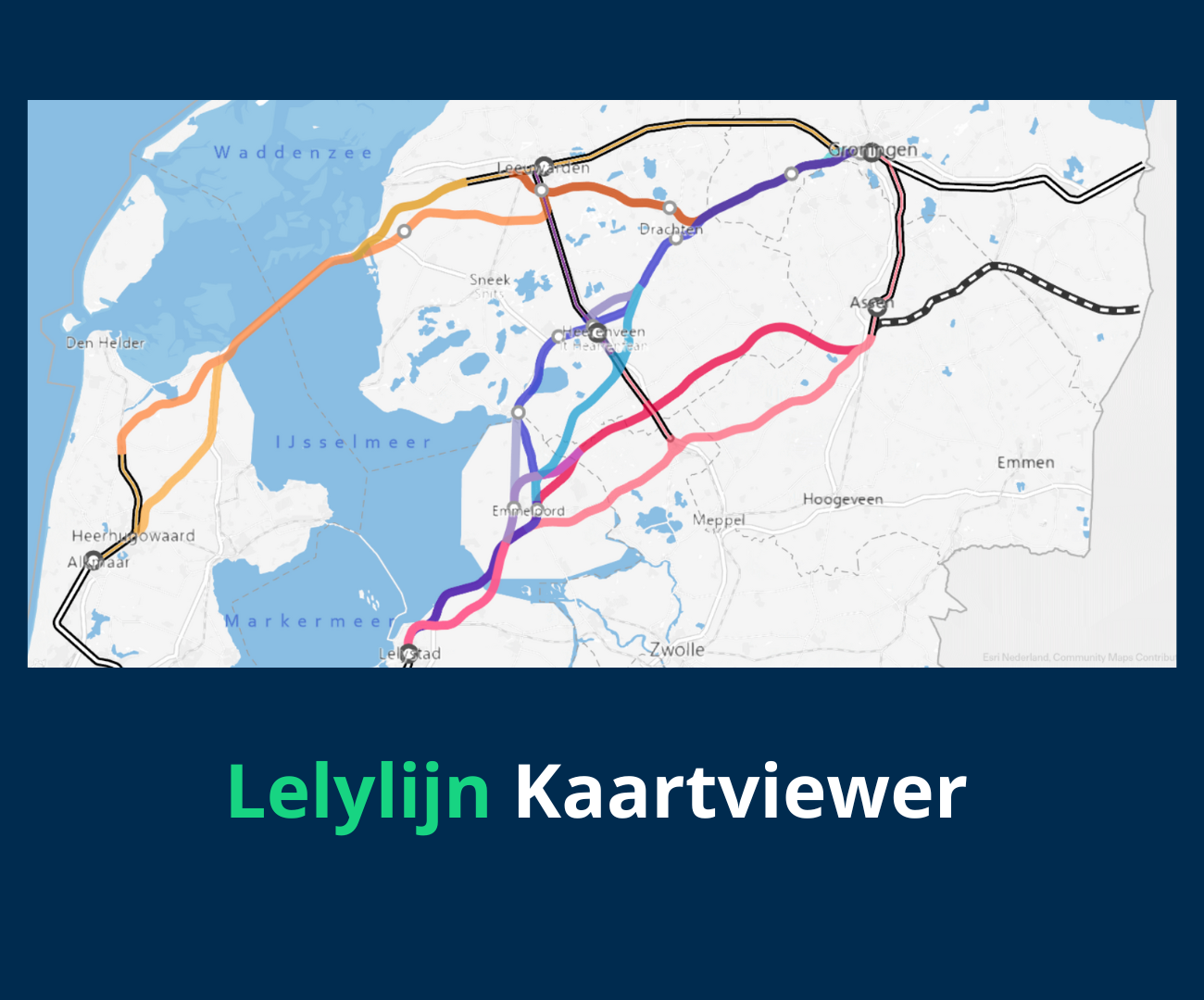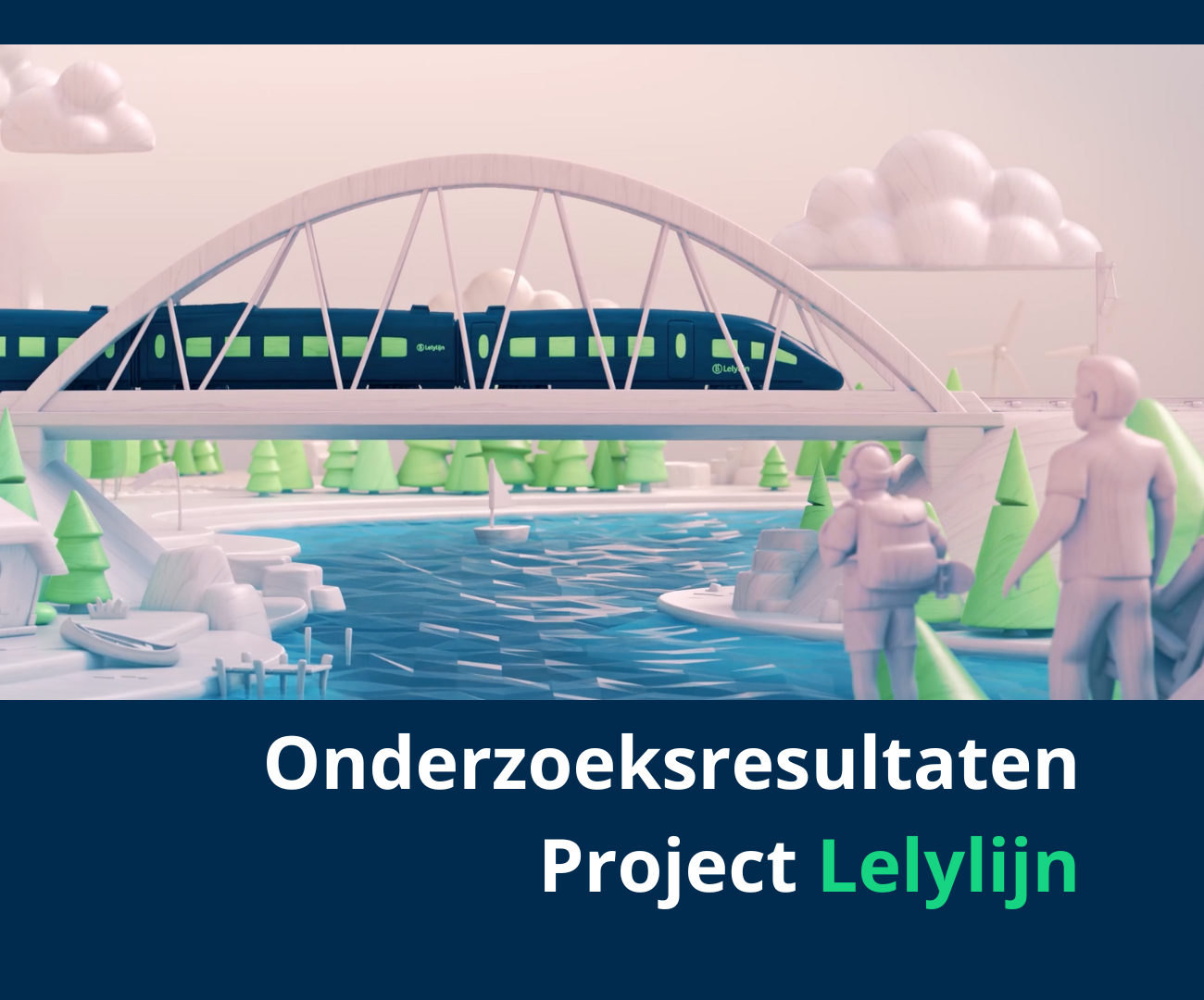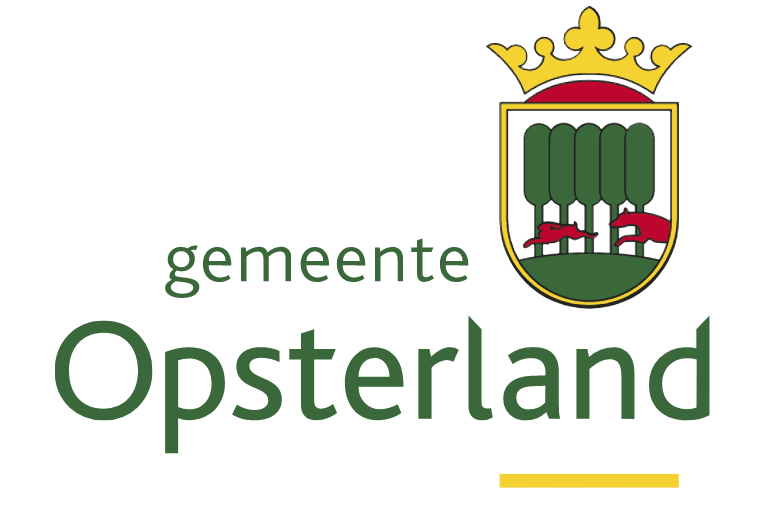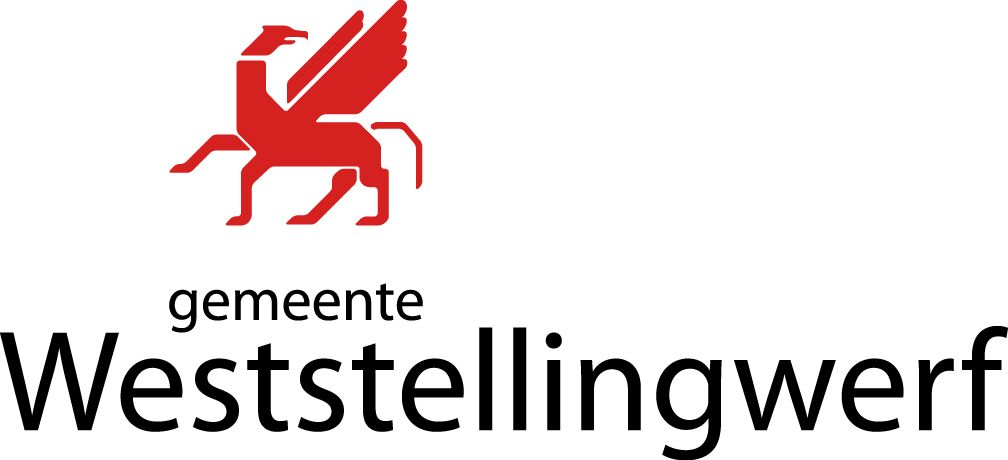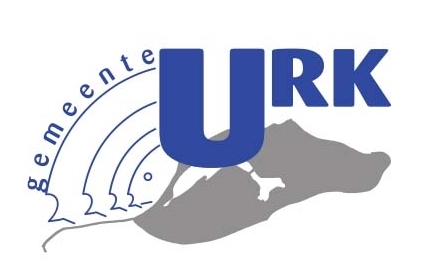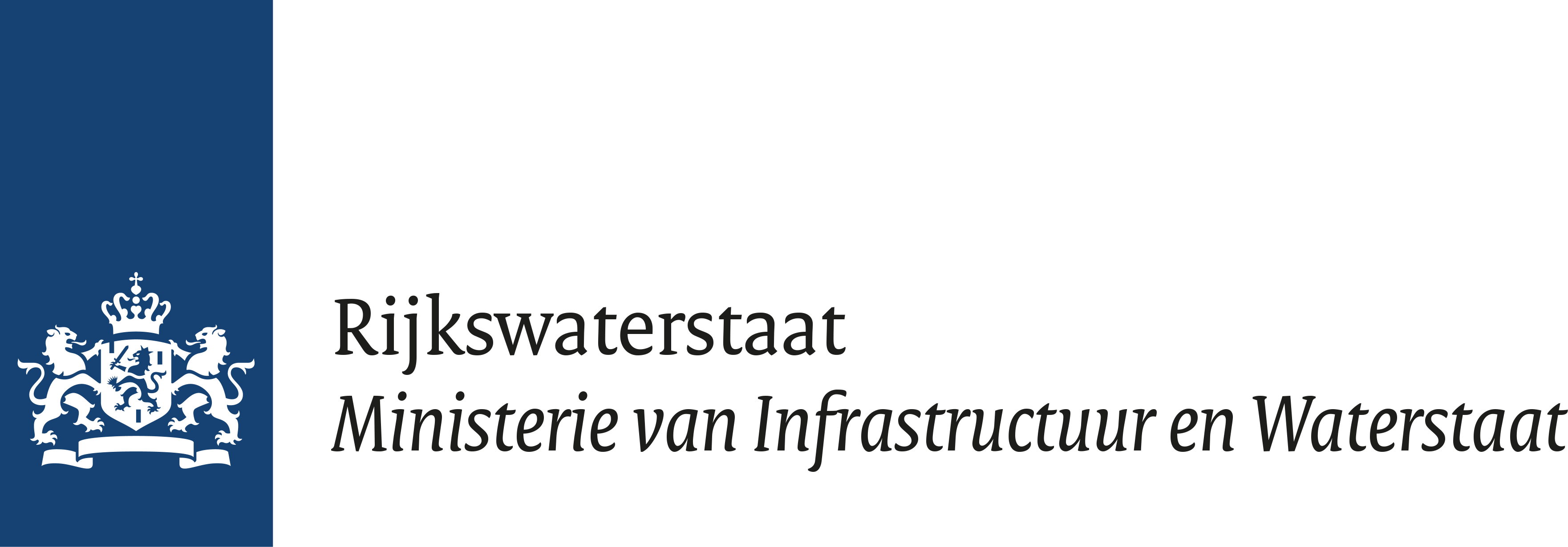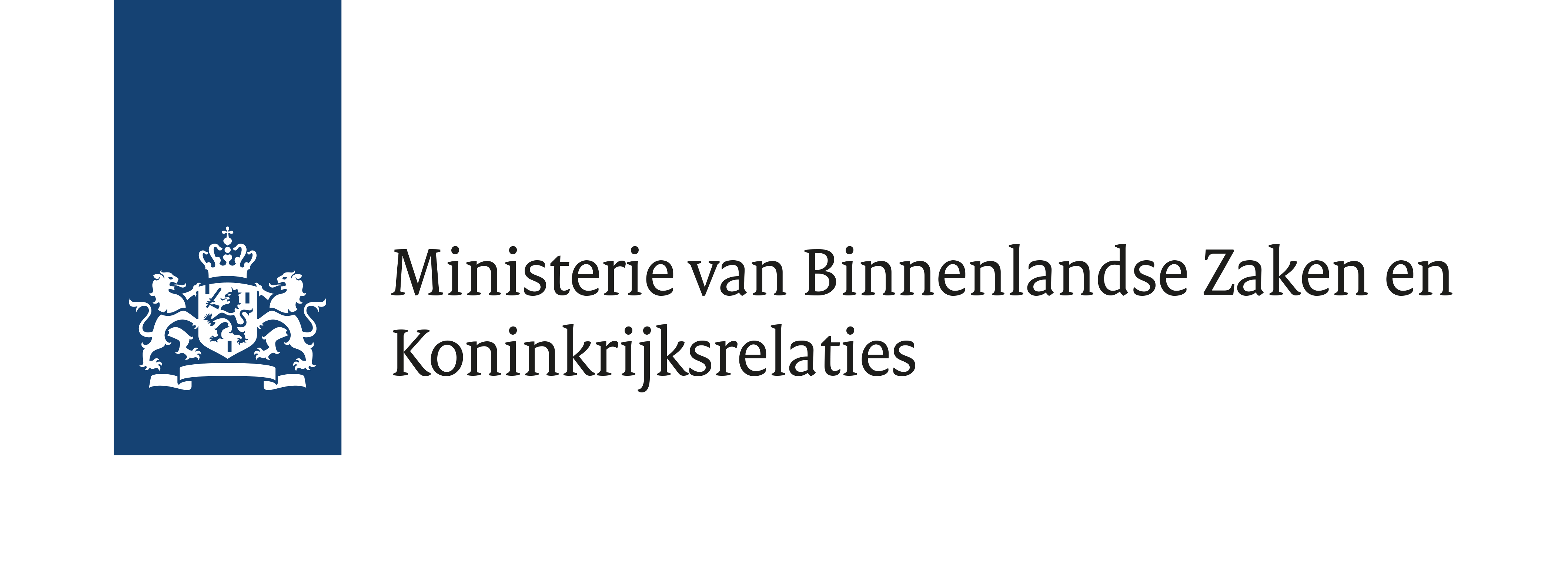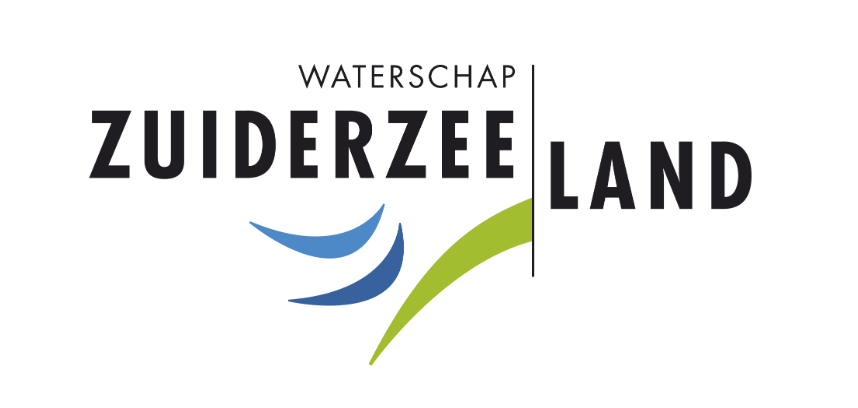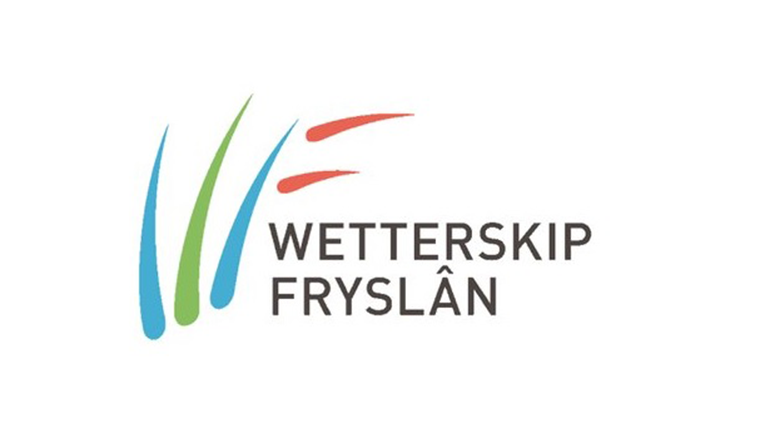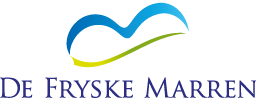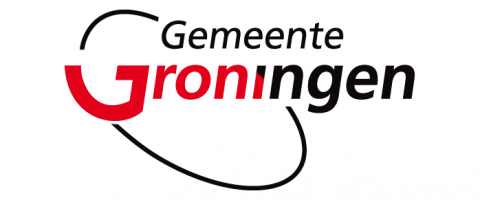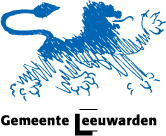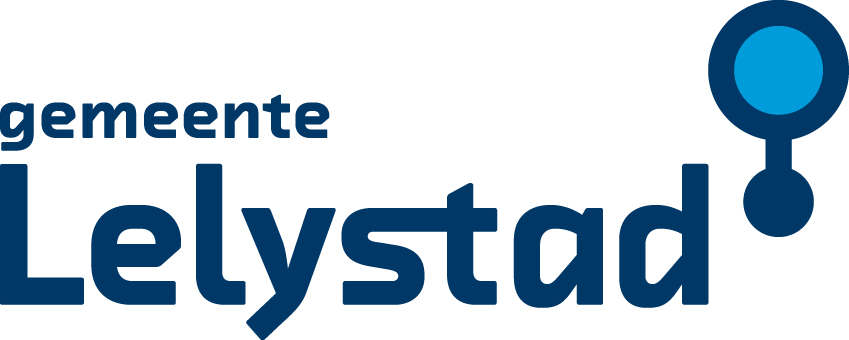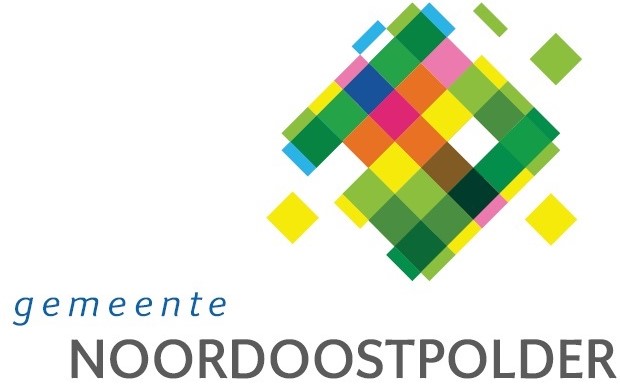03 April 2024
De Onlanden Nature Interest Foundation speaks out

Lieselot Smilde is a board member of Stichting Natuurbelang De Onlanden. She is secretary and first point of contact of the foundation. Together with five other board members, she represents the nature interests of De Onlanden. Stichting Natuurbelang De Onlanden has concerns about the impact Lelylijn will have on nature in the northern Netherlands.
What does Stichting Natuurbelang De Onlanden do?
“The foundation was founded in 2000 with the dream that the, then still small scattered nature areas, would become one large system-driven nature area. After the flood of 1998, De Onlanden was set up as a climate buffer to keep Groningen-City dry. It also created beautiful marsh nature with many birds, otters and beavers. Our foundation gives that nature a voice. We do that by collecting and sharing knowledge about nature through monitoring, newsletter, visions and public debate.”
What do you think Lelylijn can do around The Onlands?
“De Onlanden lies at the intersection of two important landscape-ecological systems: the stream system that flows from the Drents Plateau (Fochteloërveen) to the Wadden Sea and the Low Vein Belt that extends from Fryslân, under the city of Groningen, to Germany.
De Lelylijn means a huge intervention in these systems. This will have negative effects on nature anyway. In the plans as currently presented, the Lelylijn may run through the Lowland Cattle Belt. This will lead to disturbance of, for example, the valley of the Oude Riet, the Leekstermeer and De Onlanden. De Lelylijn cuts through the stream system from Drents Plateau to Wadden Sea. This will lead to further fragmentation of this system, which is still relatively natural for the Netherlands. Finally, it is expected that the Lelylijn will enhance urban development and that will further increase the recreational pressure on nature, which is already high.”
What challenges do you think Lelylijn brings?
“The pressure on nature in the Northern Netherlands will therefore continue to increase. On the one hand, the region is working hard to make the water system more natural. On the other hand, human activities on behalf of mobility, housing and work are intervening ever more deeply in the natural system. The big challenge is to integrate nature and natural systems into the design: not just to mitigate or compensate but to really create space to reverse the decline of plants and animals.”
What opportunities and possibilities do you see?
“The above applies not only on a regional scale but to the entire route of the Lelylijn. For example, one of the three proposed routes of the Lelylijn runs roughly from the Oostvaardersplassen, through the Frisian nature reserves to the Groninger Lowland Cattle Belt. That is an important nature link that the Lelylijn could provide ample space for.”
If you could give the project organization Lelylijn one tip, what would it be?
“From the beginning, include animal and plant mobility equally, integrally and generously in the design of the Lelylijn. Work not only from people and connecting urban areas, but also from other co-inhabitants (animals, organisms and plants) with whom we share this planet. The equal consideration and inclusion of our fellow inhabitants of the earth is, I think, something we very much need in these times to face all crises.”
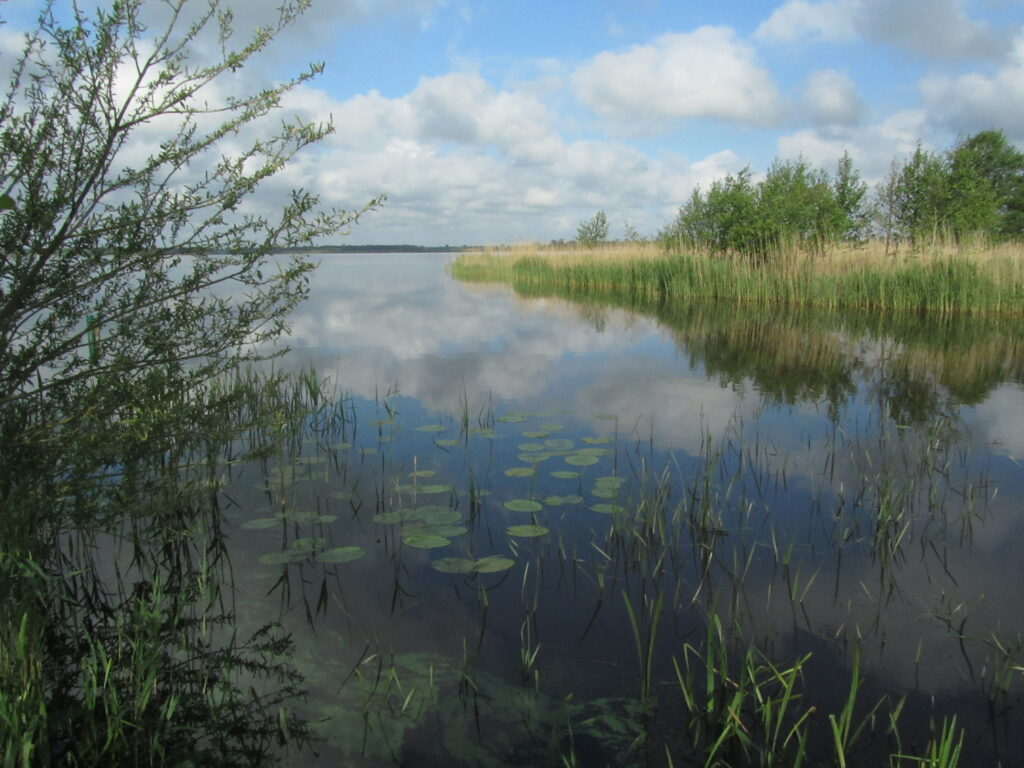

Pictured: the Leekstermeer and De Blauwvennen.
Photographer: Wim van Boekel.



